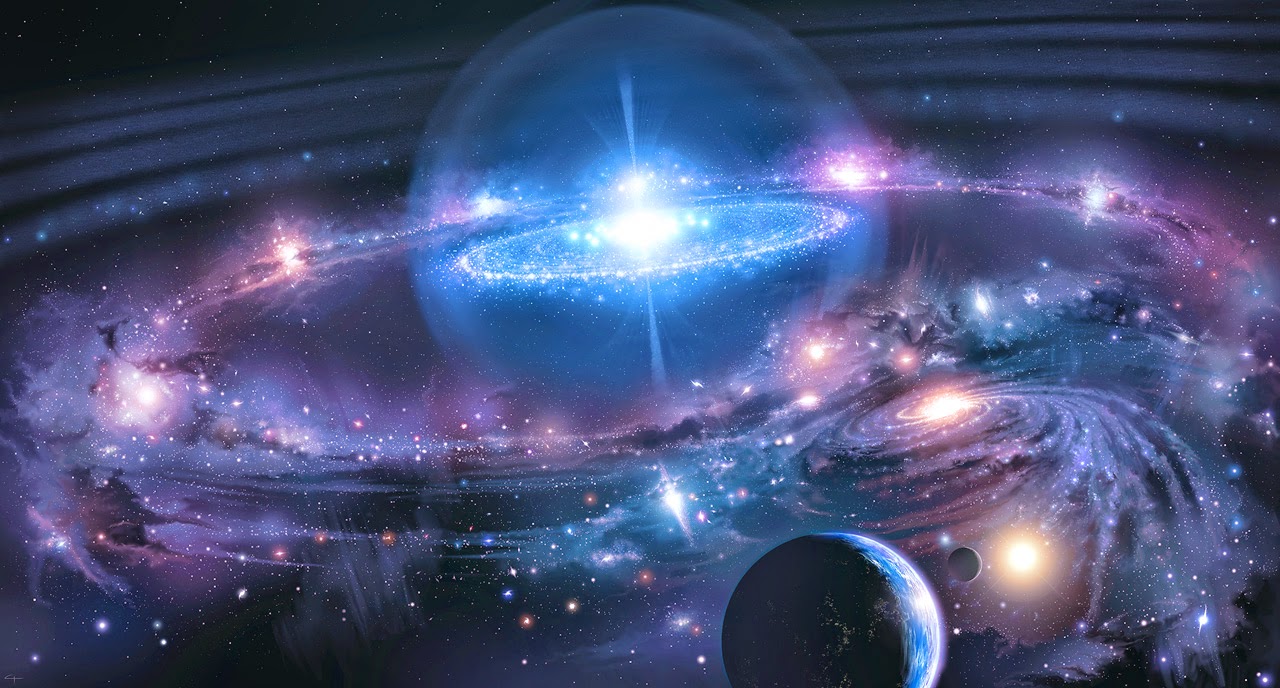Spring
‘No
winter lasts forever, no spring skips its turn’- Hal Borland.
The
word spring itself brings joy and colours with it. After the ode of the winter
the carol of the spring arrives. The time when beauty is at its peak. Talk
about the different shades of flowers or the splendid bluishness of the sky,
all wrapped in the showers of tenderness and tint of colours. The spring
features itself as a romantic hero, after the dull and lazy winters as if the
nature dances after a long sleep.
Spring
means life, life is to render. Life is to live to the fullest. All of us are in
so much hurry that we have no time to wait and watch the elegant beauty which
covers the entire landscape as far as we can see. Beauty is not something which
is hidden in the deepest corners of the world, it is right behind our eyes. We
have forgotten the crisping of birds, the fluorescence of the moon, and the
sparkle of those tiny objects glittering above our heads
during night.
What
is happiness? I know happiness is subjective. All of us have a different taste
of happiness. I believe it is a collection of moments, small moments which pass
by unnoticed. Moment when you see a child dancing in rain, moment when an
unknown person smile back at you when you smile at him, moments when you do
super silly things with your friends in class, moment when your mother calls
you during class just to ask have you washed your bedsheet or not, moment when
you take a photo and you know it will become a memory. I think all these things
make our life worth living for and this is what spring teaches us, the colours
of life are these small things which we miss in search of big moments. We must
preserve them like the spring preserve its beauty for next year. Forget all the
bad and always be hopeful as described by the great poet P.B. Shelley in these
lines ‘If winter comes, can spring be far behind?’
Submitted
by:
Ankit Mahato
A6429713003





